Posts
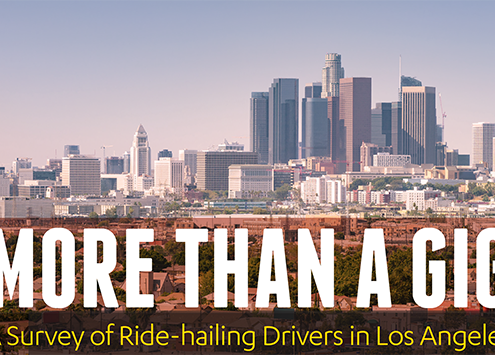
More Than a Gig: A Survey of Ride-Hailing Drivers in Los Angeles
By Abel Valenzuela Jr. Professor and Director of the UCLA…
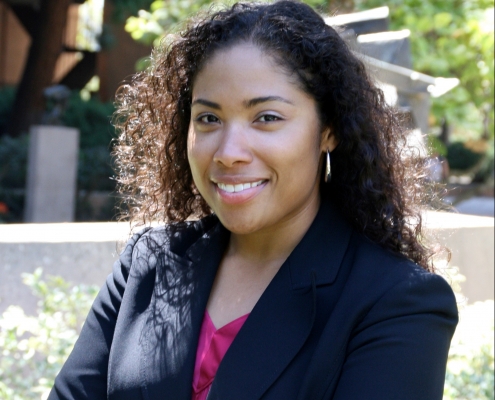
LA Social Science Presents “Conversations with Changemakers” Featuring Dr. Lorrie Frasure-Yokley
Although the academic year is winding down, Dr. Lorrie Frasure-Yokley,…
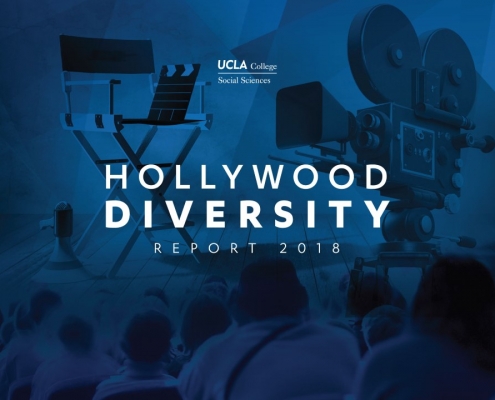
Is Hollywood Leaving Money on the Table? Key Findings from the Hollywood Diversity Report 2018
The Hollywood Diversity Report 2018 is the fifth in a series…
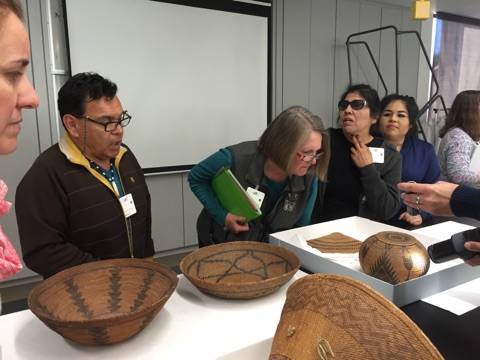
UCLA/Getty Looks Back on a Decade of Working with Agua Caliente Cultural Museum
By Professor Ellen Pearlstein, UCLA Information Studies and…

From Tide Pods to Perfumes: UCLA CSW’s Chemical Entanglements Initiative
By Gracen Brilmyer, Graduate Student Researcher, UCLA Center…
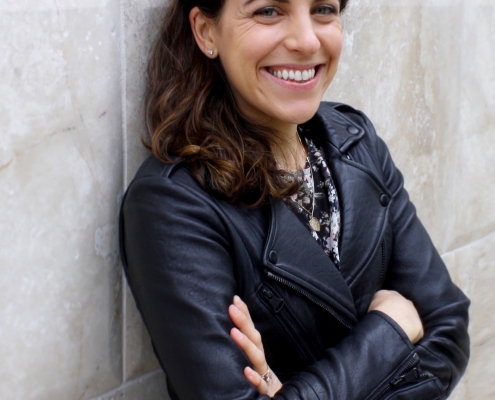
UCLA Sociologist Aliza Luft Writes About the Danger of Dehumanizing Discourse
Dr. Luft co-authored a blog piece for The Washington Post's…
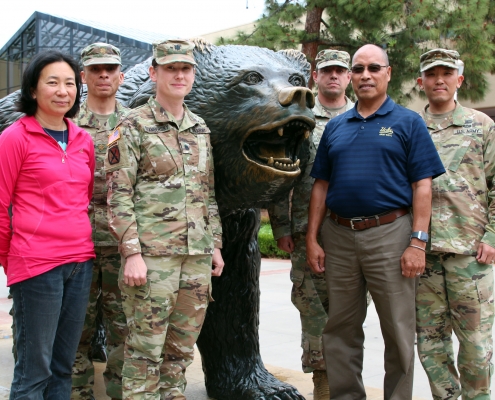
UCLA Army ROTC: Character and Leader Development at Home and Abroad
By Lieutenant Colonel Shannon V. Stambersky Professor…
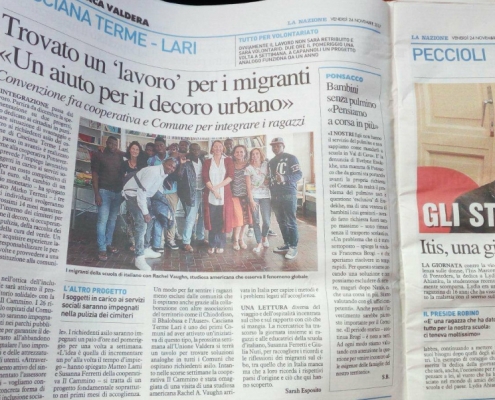
‘Divieto dare da Mangiare’: Migrant Angst & Policing the Edible in Italy
By Dr. Rachel Vaughn Assistant Adjunct Professor in the UCLA…
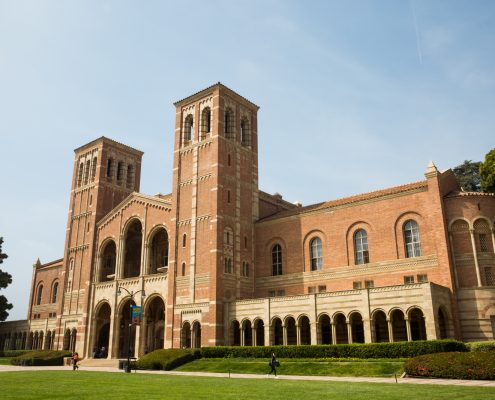
UCLA’s First Master of Social Science (MaSS) Cohort Graduates
By Lara Drasin UCLA’s new Master of Social Science…
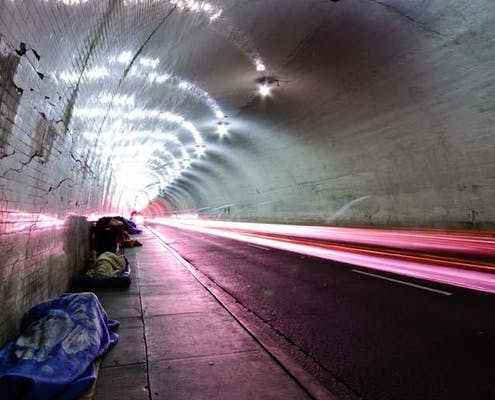
UCLA and Homelessness: See. Study. Solve. May 21-24, 2018
We call homelessness a crisis in Los Angeles because we…

